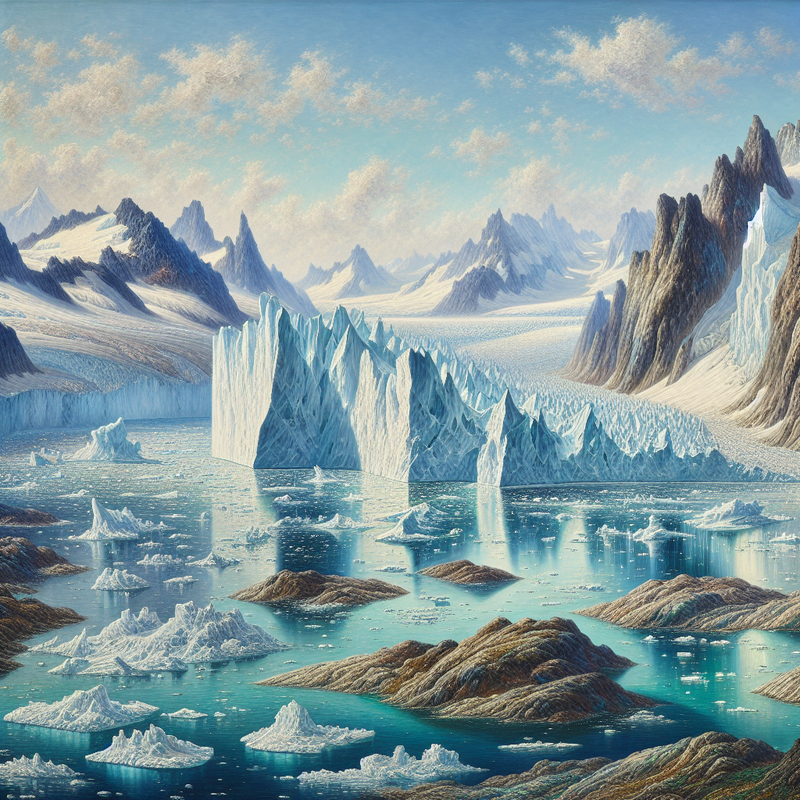A new investigation from scientists based at Northern Arizona University is sounding alarms over the hastening rate of global warming, with the Arctic region identified as a key driver.
The findings, shared in the esteemed journal Science on February 6, 2025, paint a bleak picture: current projections suggest a global temperature rise of 2.7 degrees Celsius by century’s end, despite international commitments to limit this rise, such as those outlined in the Paris Agreement.
The 2016 consensus aimed for a cap on temperature increase to 1.5 degrees Celsius, but by 2024, that threshold was exceeded. This breach has prompted experts to caution against the possibility of experiencing even more severe warming, with outcomes that could be both considerable and permanent.
The Arctic’s Influence on Climate Change
The rate of warming in the Arctic is nearly quadruple that of the global average. This disparity is a primary reason for the acceleration of climate change worldwide. One contributing factor is the dwindling sea ice, which formerly reflected sunlight. Now, as it melts, dark ocean waters that absorb more heat are exposed.
Arctic seas have undergone a dramatic transformation, warns Regents’ Professor of Ecosystem Ecology Ted Schuur from Northern Arizona University. With this chilling observation, Schuur calls for an immediate re-evaluation of our global strategy against climate change.
Permafrost thaw is another source of concern, as it discharges vast quantities of carbon dioxide and methane—greenhouse gases whose impacts may rival those from industrial nations. These emissions were not fully considered in the strategic projections made in 2016. “What we see in the Arctic is not contained — it has implications for the global climate,” remarks Schuur, elucidating the link between the Arctic’s transformation and extreme global weather events, like the unprecedented high temperatures in places such as Phoenix.
The Path to Mitigation and Individuals’ Roles
Schuur underscores that while change is inevitable, efforts to decelerate it are essential. He advocates for diminished greenhouse gas emissions and underscores the importance of sustainability initiatives on a local scale. Actions such as adopting electric vehicles and installing solar panels contribute to subduing the pace of warming.
“The process is underway,” acknowledges Schuur, “but by curtailing greenhouse gas emissions and proactively managing these changes, we can better prepare people and ecosystems for what’s to come.”
This groundbreaking research provides crucial insights on the consequences of climate change, with a special focus on the polar landscape. It acts as an urgent notification that both societal policy shifts and individual contributions are necessary to stem the tide of a planet growing increasingly warmer.
















